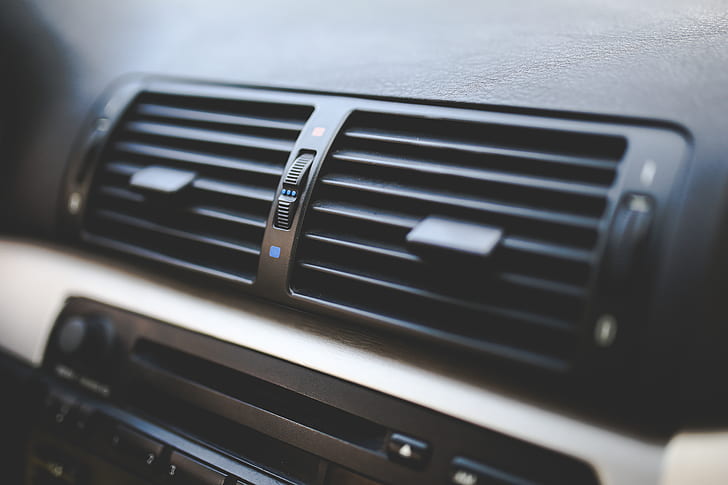Central air conditioning units have become an essential part of modern living, providing a comfortable indoor environment during the hot summer months. As temperatures rise, the need for efficient and reliable cooling solutions becomes paramount. Central air conditioning units stand out due to their ability to cool entire homes or buildings uniformly, offering numerous advantages over other cooling methods. This article explores the various aspects of central air conditioning units, highlighting their benefits, functionality, and maintenance needs.
A central air conditioning unit works by using a network of ducts to distribute cool air throughout a building. The system comprises an outdoor unit and an indoor unit. The outdoor unit contains the compressor, condenser coil, and fan, while the indoor unit houses the evaporator coil and air handler. The compressor circulates refrigerant between the indoor and outdoor units, extracting heat from the indoor air and releasing it outside. This process lowers the indoor temperature, providing a consistent and comfortable environment.
One of the significant advantages of central air conditioning units is their ability to cool an entire building uniformly. Unlike window units or portable air conditioners, which can only cool specific areas, central systems ensure that every room maintains a consistent temperature. This uniform cooling is particularly beneficial for larger homes or commercial buildings, where multiple rooms need to be cooled simultaneously. Additionally, central air conditioning units operate quietly, providing a peaceful environment without the noise often associated with individual air conditioning units.
Energy efficiency is another key benefit of central air conditioning units. Modern systems are designed to be highly efficient, using advanced technology to minimize energy consumption. Features such as programmable thermostats allow users to set specific temperatures for different times of the day, reducing energy use when cooling is not needed. Variable-speed compressors and fans also contribute to energy savings by adjusting their output based on the cooling demand. As a result, central air conditioning units can significantly lower energy bills while maintaining optimal comfort levels.
Installing a central air conditioning unit can also enhance indoor air quality. These systems are equipped with filters that capture dust, pollen, and other airborne particles, preventing them from circulating throughout the building. Some advanced models even include air purifiers that can remove bacteria and viruses, creating a healthier indoor environment. Regular maintenance of these filters is crucial to ensure they remain effective in trapping contaminants and providing clean air.
The installation process for a central air conditioning unit can be complex and requires professional expertise. A qualified HVAC technician will assess the building’s size, insulation, and layout to determine the appropriate unit size and ductwork design. Proper installation is essential for ensuring the system operates efficiently and effectively. Poorly installed units can lead to uneven cooling, increased energy consumption, and potential damage to the system. Therefore, it is important to choose a reputable contractor with experience in central air conditioning installations.
Once installed, central air conditioning units require regular maintenance to ensure optimal performance and longevity. Routine maintenance tasks include cleaning or replacing filters, checking refrigerant levels, inspecting ductwork for leaks, and ensuring the outdoor unit is free from debris. It is recommended to schedule annual maintenance visits from a professional HVAC technician to perform these tasks and address any potential issues. Regular maintenance not only improves the system’s efficiency but also helps prevent costly repairs and extends the unit’s lifespan.
Despite their numerous benefits, central air conditioning units also have some drawbacks. The initial cost of purchasing and installing a central system can be high, particularly for larger buildings. However, the long-term energy savings and improved comfort can offset these upfront costs. Additionally, central air conditioning units can take up considerable space, both indoors and outdoors. The indoor unit typically requires a dedicated space, such as a basement or utility room, while the outdoor unit needs sufficient clearance for proper airflow. Careful planning is necessary to ensure these space requirements are met without compromising the building’s layout.
Another potential downside of central air conditioning units is the complexity of the ductwork. Ducts must be properly designed and installed to ensure efficient air distribution. Poorly designed ductwork can lead to uneven cooling, increased energy consumption, and higher maintenance costs. In some cases, existing ductwork may need to be modified or replaced to accommodate a new central air conditioning unit. This can add to the overall installation cost and complexity. Therefore, it is important to work with a skilled HVAC contractor who can design and install the ductwork correctly.
In recent years, advancements in technology have led to the development of more advanced central air conditioning units. These modern systems offer enhanced features such as smart thermostats, zoning capabilities, and energy-efficient components. Smart thermostats allow users to control their cooling system remotely using a smartphone or other devices, providing greater convenience and energy savings. Zoning capabilities enable users to set different temperatures for different areas of the building, ensuring optimal comfort and efficiency. Energy-efficient components, such as variable-speed compressors and fans, further enhance the system’s performance and reduce energy consumption.
In conclusion, central air conditioning units are an excellent choice for those seeking reliable and efficient cooling solutions for their homes or buildings. They offer uniform cooling, improved indoor air quality, and energy efficiency, making them a popular choice for many. However, the installation and maintenance of these systems require professional expertise to ensure optimal performance. Despite the initial cost and complexity, the long-term benefits of central air conditioning units make them a worthwhile investment. As technology continues to advance, these systems will become even more efficient and user-friendly, providing enhanced comfort and energy savings for years to come.
